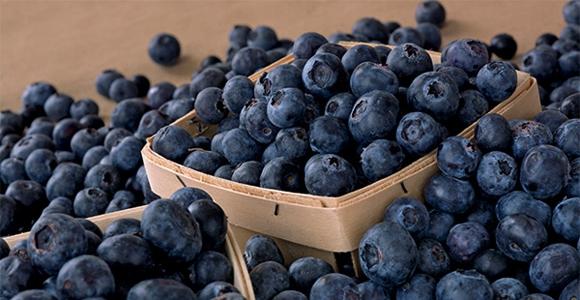Commercial blueberries are generally planted in low areas with high organic-matter content. These sites satisfy the cultural requirements of blueberries for a constant and uniform moisture supply. However, on cold, still nights when radiation frosts occur, heavy cold air from higher surrounding areas “drains” into the low areas causing lower temperatures. Also, the high organic content, especially if the soil is dry, acts as an insulator to restrict heat in the soil from moving up around the plants. The cultural requirement for a uniform soil moisture makes selecting higher sites that are less subject to radiation frosts much less practical than with other fruit crops. Although there is almost no wind during a radiation frost an occasional gentle breeze will occur. Removal of trees and brush from around the field to improve air circulation will allow these breezes to penetrate the field at bush level. The cold air will be displaced or mixed with the warmer air from higher locations and less temperature drop will occur.
Blueberry Freeze Damage and Protection Measures gives information on steps to take to reduce freeze damage. This includes information on: pruning, cultivating, maintaining soil moisture and sprinkler irrigation.
References:
Cline, Bill and Gina Fernandez. Blueberry Freeze Damage and Protection Measures. 1998. Retrived 01 August 2010.
Contact:


